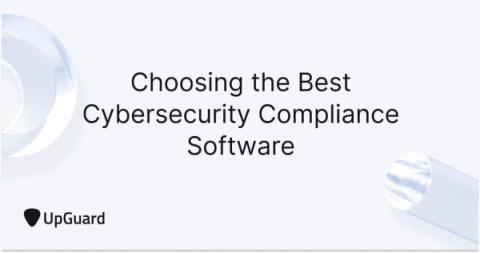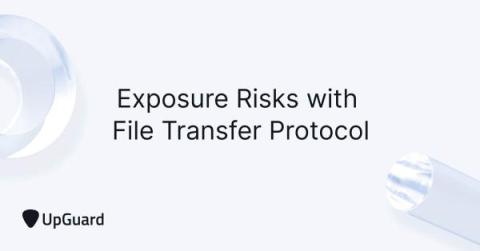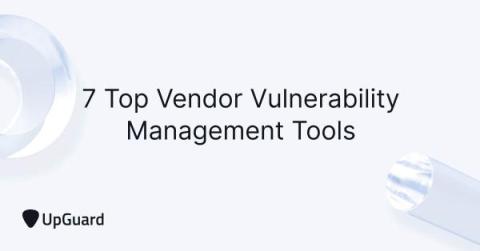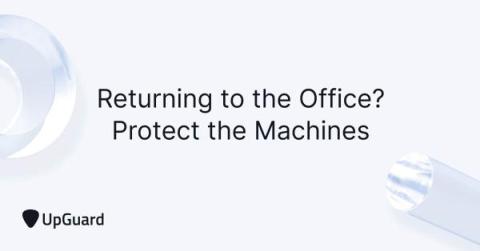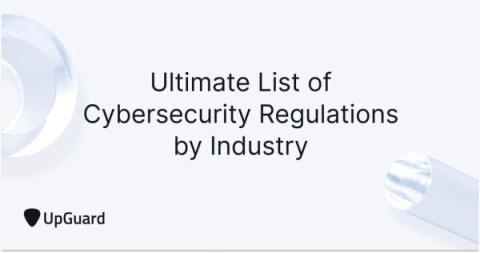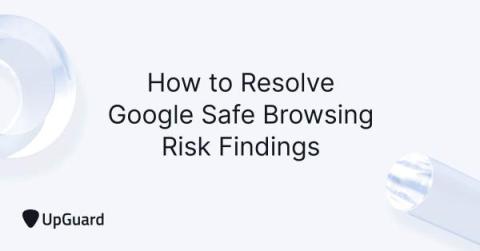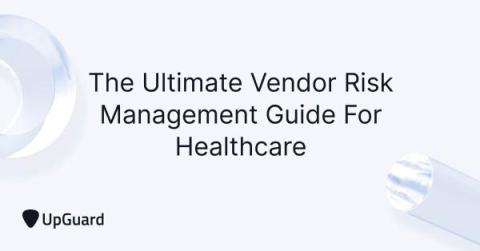Choosing the Best Cybersecurity Compliance Software
Digital threats have led to new cybersecurity regulations that organizations from various industries must follow. Staying compliant with cybersecurity regulations can be legally required, depending on the type of regulation, and organizations face steep penalties if they are non-compliant. With so many different regulations to adhere to, organizations often utilize cybersecurity compliance solutions to help them track compliance over time.


